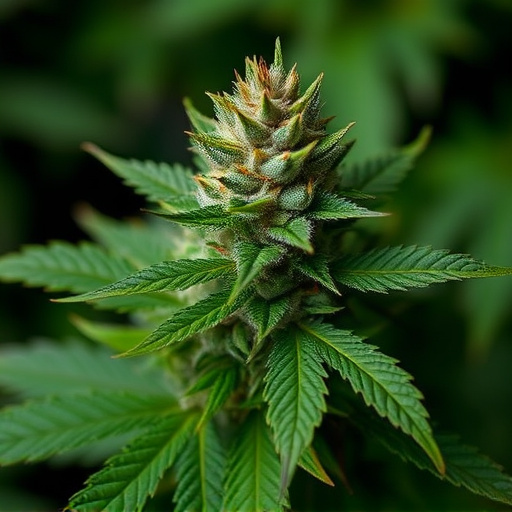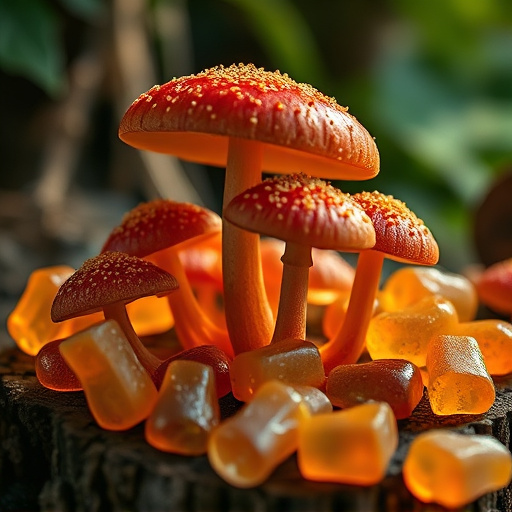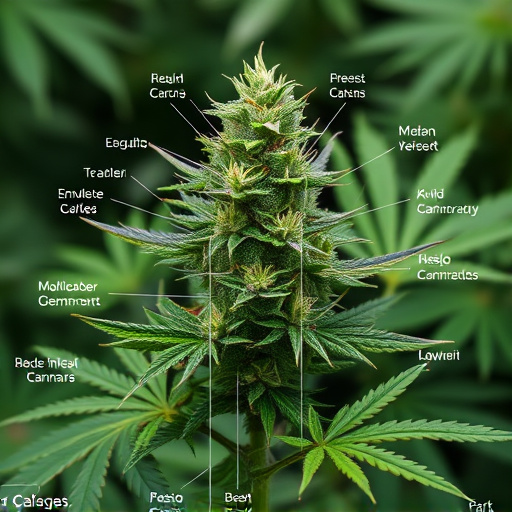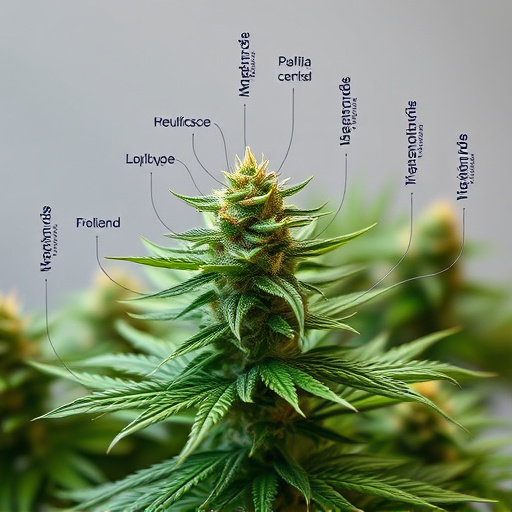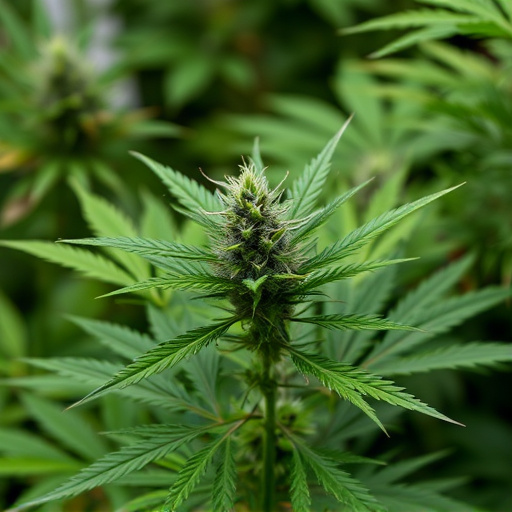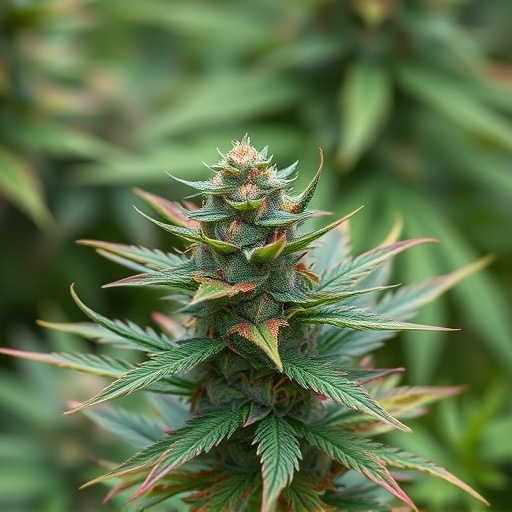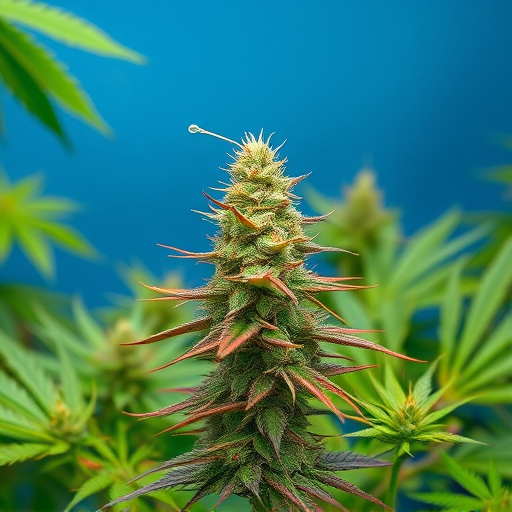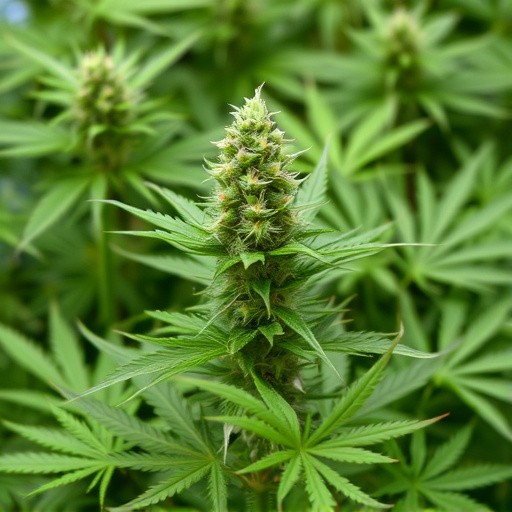The unique effects of medical cannabis are determined by its genetic makeup and terpene profile, including cannabinoids like THC and CBD, and terpenes such as myrcene, limonene, and linalool. Selective breeding has created various strains with tailored cannabinoid and terpene focuses, offering personalized treatment options. Individual responses to cannabis vary based on age, gender, weight, and metabolism, making understanding personal biology crucial for optimal treatment. Environmental factors like lighting, temperature, and ambiance, along with consumption methods (smoking/vaping, edibles, topical), significantly impact cannabis effects. Navigating these elements is essential for finding the best-suited strains of medical cannabis for individual needs and preferences.
Discover the captivating world of cannabis effects, where science meets personal experience. This article explores the intricate factors that shape how different strains of medical cannabis interact with individual bodies and minds. From the chemical basis in genetic composition and terpenes to environmental influences and consumption methods, each element plays a unique role. Understanding these factors is key to unlocking the full potential of medical cannabis, tailoring treatments for optimal benefits.
- Genetic Composition and Terpene Profile: Understanding the Chemical Basis of Cannabis Effects
- Individual Biology and Metabolism: How Personal Factors Shape Cannabis Interactions
- Environment and Consumption Method: The Role of External Variables in Cannabis Experience
Genetic Composition and Terpene Profile: Understanding the Chemical Basis of Cannabis Effects

The genetic composition and terpene profile of medical cannabis strains play a pivotal role in determining their unique effects on the human body and mind. Cannabis plants possess an extensive range of chemical compounds, with cannabinoids like THC (tetrahydrocannabinol) and CBD (cannabidiol) being the most well-known. However, it’s the terpene content that significantly contributes to the plant’s aroma, flavor, and potential therapeutic benefits. Terpenes are aromatic organic compounds produced by various plants, including cannabis, and they interact synergistically with cannabinoids. This interaction is often referred to as the entourage effect, where multiple compounds working together enhance or modify the overall effects of each other.
Different strains of medical cannabis are developed through selective breeding to emphasize specific cannabinoid and terpene profiles. For instance, some strains may have higher THC levels for their pain-relieving and mood-elevating properties, while others focus on CBD content for anti-inflammatory and anxiolytic effects. Terpenes like myrcene, limonene, and linalool offer distinct sensory experiences and potential therapeutic advantages. Myrcene is known for its earthy scent and sedative qualities, making it popular in strains used for relaxation and sleep. Limonene provides a citrusy aroma and uplifting effects, often associated with mood enhancement and stress reduction. Linalool, with its lavender-like fragrance, has been studied for its calming properties. Understanding these chemical foundations is essential for patients seeking tailored treatment options among the diverse strains of medical cannabis.
Individual Biology and Metabolism: How Personal Factors Shape Cannabis Interactions
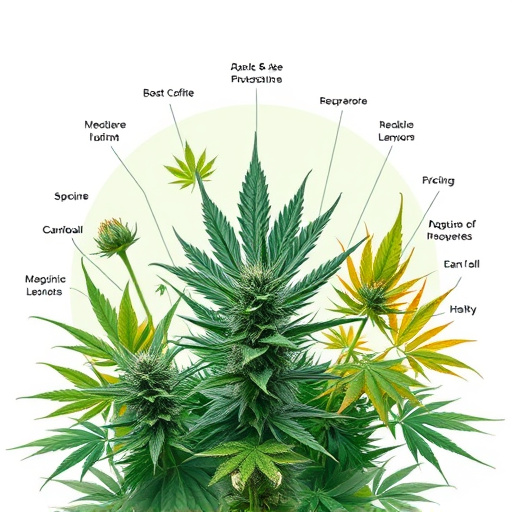
The effects of cannabis can vary greatly from person to person, and understanding individual biology is key to unlocking this complexity. Personal factors like age, gender, weight, and metabolism play a significant role in how one’s body interacts with different strains of medical cannabis. For instance, younger individuals may experience heightened sensitivity to THC, while older adults might metabolize it more slowly due to changes in liver function. Gender can also influence response, as women typically have higher levels of the endocannabinoid receptor CB1, which binds THC.
Metabolism is another critical aspect; slower metabolism means compounds leave the system gradually, leading to longer-lasting effects, while faster metabolism can result in quicker onset but shorter duration. These individual variations highlight the importance of personalized medicine when it comes to cannabis therapy. Tailoring treatments to specific biological characteristics ensures optimal efficacy and minimizes potential adverse effects.
Environment and Consumption Method: The Role of External Variables in Cannabis Experience
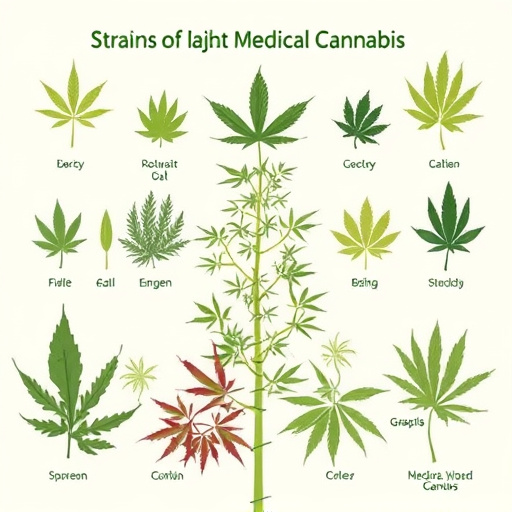
The environment in which cannabis is consumed plays a significant role in shaping its effects on the user. Factors such as lighting, temperature, and the overall ambiance can influence how individuals perceive and experience the plant’s active compounds. For instance, dimly lit spaces with relaxed settings may enhance the calming and sedative properties of certain strains of medical cannabis, while bright, lively environments could counteract these effects, leading to more energizing sensations.
Additionally, the method of consumption is a critical external variable. Different administration routes, such as inhalation (smoking or vaping), oral ingestion (edibles), or topical application, can result in varying experiences. Inhalation methods provide faster onset and more intense effects, while oral consumption offers a longer-lasting, smoother experience, making it a preferred choice for those seeking subtle yet sustained relief. Understanding these environmental and consumption factors is key to tailoring the cannabis experience to individual preferences and desired outcomes, especially when exploring various strains of medical cannabis.
The effects of cannabis are a complex interplay of genetic composition, individual biology, and environmental factors. Understanding these influences is key to navigating the diverse experiences associated with different strains of medical cannabis. By considering both chemical profiles and personal metabolisms, users can optimize their treatment while appreciating the nuanced impacts of this multifaceted plant.

